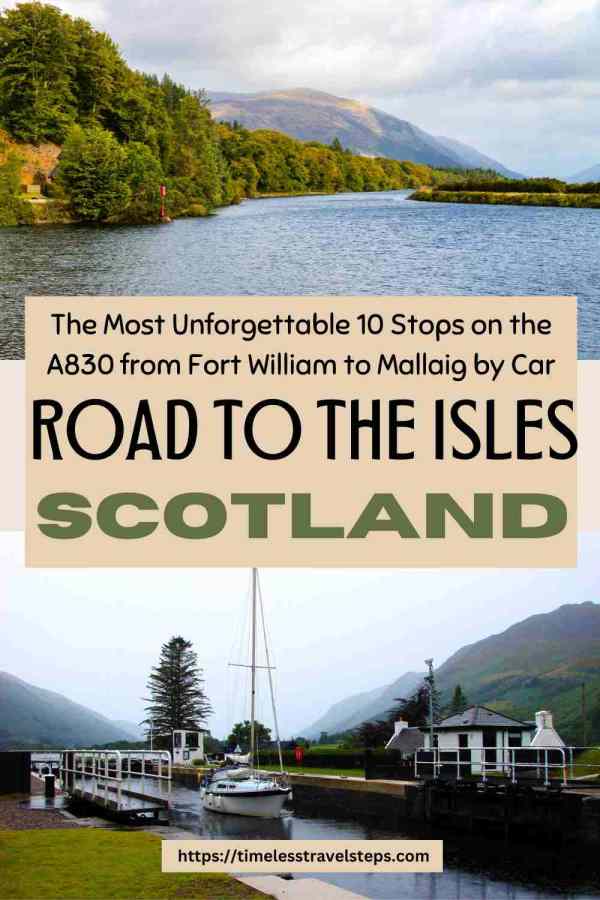Road to the Isles: 10 Stops from Fort William to Mallaig by Car
18 min readIdeal for both the intrepid explorer and the casual traveller, exploring the Road to the Isles, from Fort William to Mallaig by car epitomizes the essence of a perfect slow-travel road trip, inviting you to immerse yourself in the journey, savouring each moment and discovery at your own pace.
The post Road to the Isles: 10 Stops from Fort William to Mallaig by Car appeared first on Timeless Travel Steps.
Are you planning a trip along the stunning ‘Road to the Isles’ and wondering what unique experiences await you from Fort William to Mallaig? This journey, along the A830 is more than just a drive. It is a voyage through Scotland’s West Coast, where each stop unfolds part of the region’s rich tapestry of nature and history.
Ideal for both the intrepid explorer and the casual traveller, exploring this route, from Fort William to Mallaig by car epitomizes the essence of a perfect slow-travel road trip, inviting you to immerse yourself in the journey, savouring each moment and discovery at your own pace.
Consider playing the traditional Scottish song “The Road to the Isles.” Its evocative lyrics beautifully capture the essence of the Scottish Highlands and Western Isles, setting the perfect mood for your voyage through Scotland’s heart.
Keep reading for a complete guide to this unmissable ‘Road to the Isles’ road trip from Fort William to Mallaig in the Scottish Highland.
Timeless Travel Steps is supported by our readers. If you purchase through an affiliate link on my site, at no cost to you, I may earn a commission from qualifying purchases. Please read our Disclosure.
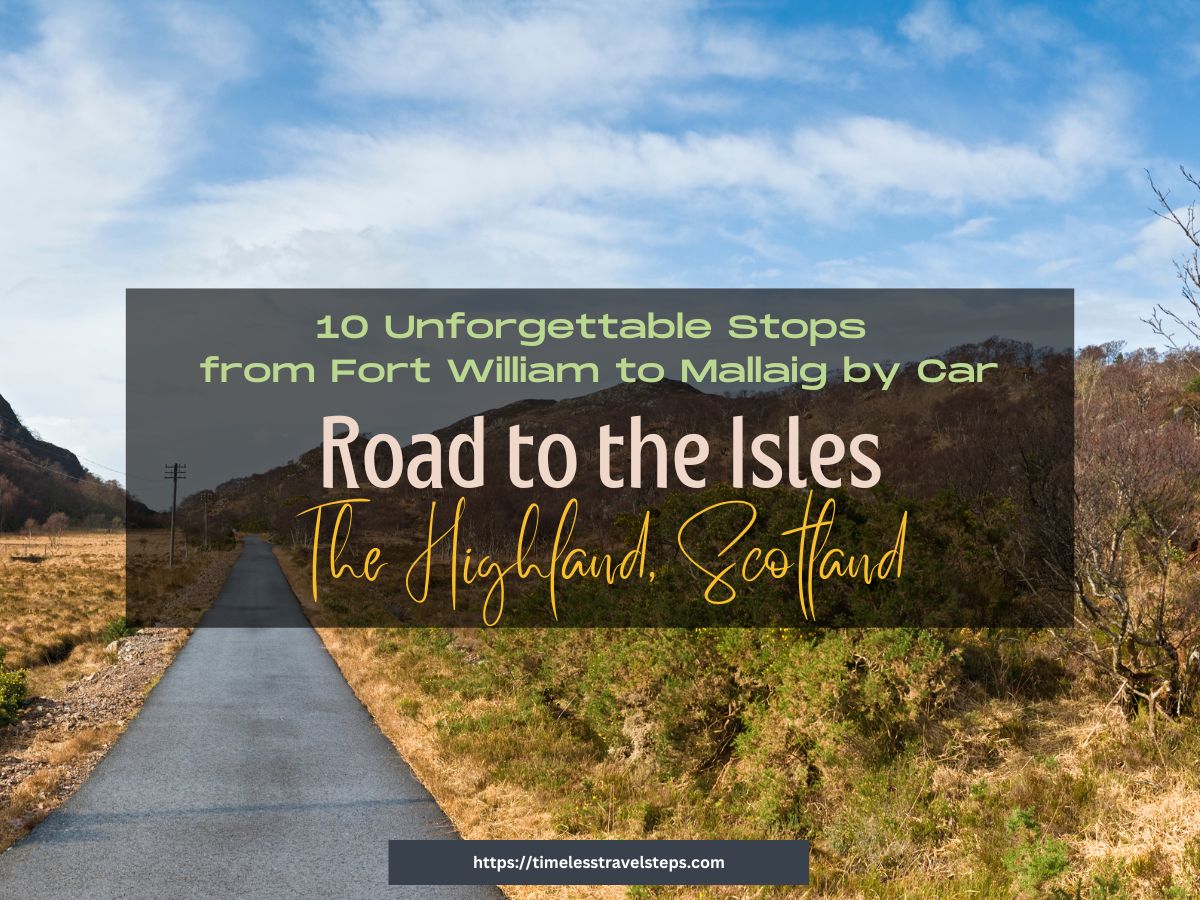
ESSENTIALS FOR ‘ROAD TO THE ISLES’ TRIP
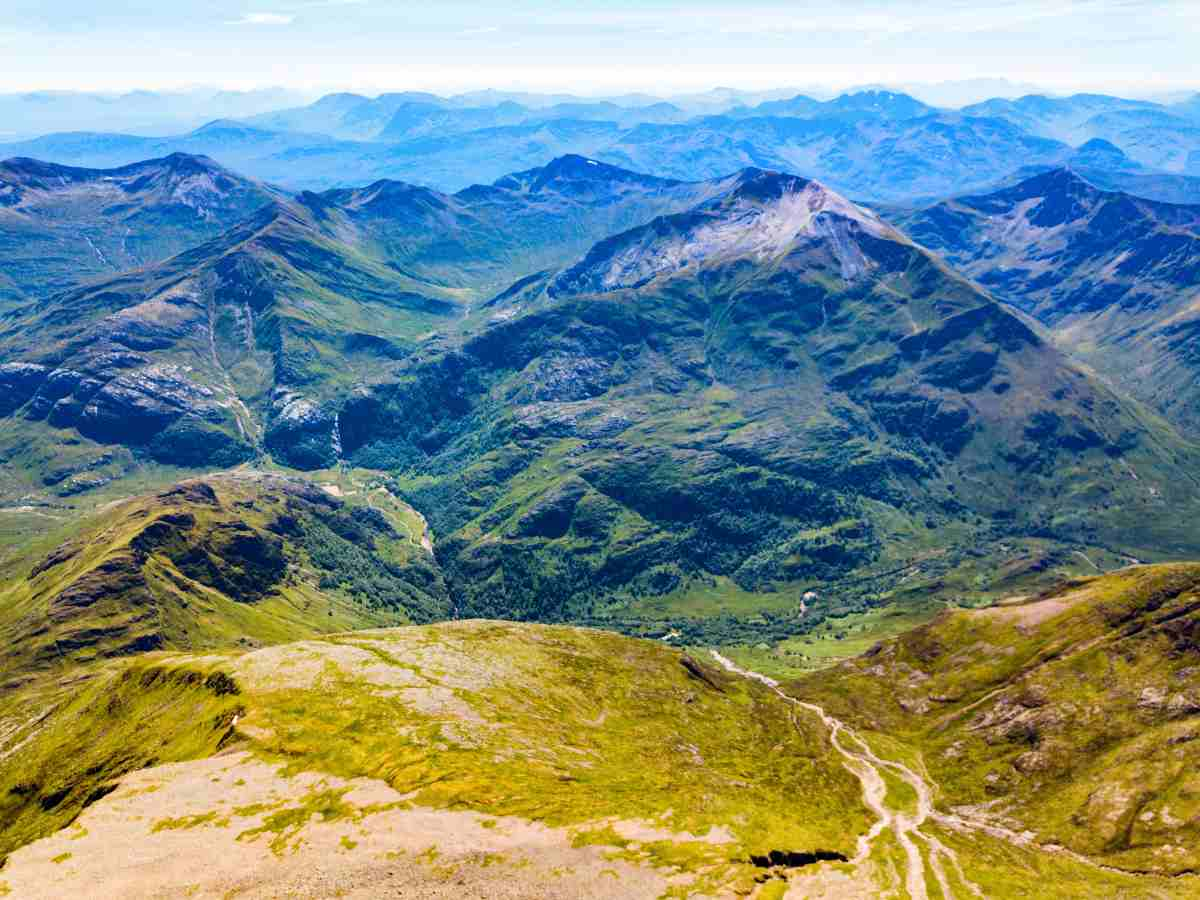
‘The Road to the Isles’: From Fort William to Mallaig
The scenic ‘Road to the Isles,’ is a captivating journey from Fort William to Mallaig, weaving like a ribbon through the heart of the Scottish Highlands. This route, perfectly embodying the essence of slow travel, invites you to experience the profound beauty and rich history of Scotland at a relaxed pace.
Starting in Fort William, often referred to as UK’s Outdoor Capital, beneath the majestic Ben Nevis and along the tranquil Loch Linnhe. The journey follows the train tracks, unfurling a story with each unique and charming stop. As you drive, you’re paralleling the iconic route of the Jacobite Steam Train, with the Glenfinnan Viaduct, known from the Harry Potter films, and the serene Loch Eilt offering moments of awe.
The road twists through enchanting woodlands, glens, and moors before revealing the pristine white beaches of Morar and Arisaig. Listen for the distant chug of the train, a nostalgic echo alongside your journey.
In Mallaig, a lively port town, the journey culminates where the sea meets the sky. Here, ferries are ready to whisk you away to the Isle of Skye or the Outer Hebrides.
This journey along the Road to the Isles, accompanied by the traditional tune sharing its name, is more than a drive—it’s an immersive passage into the heart of Scottish natural splendour and heritage.
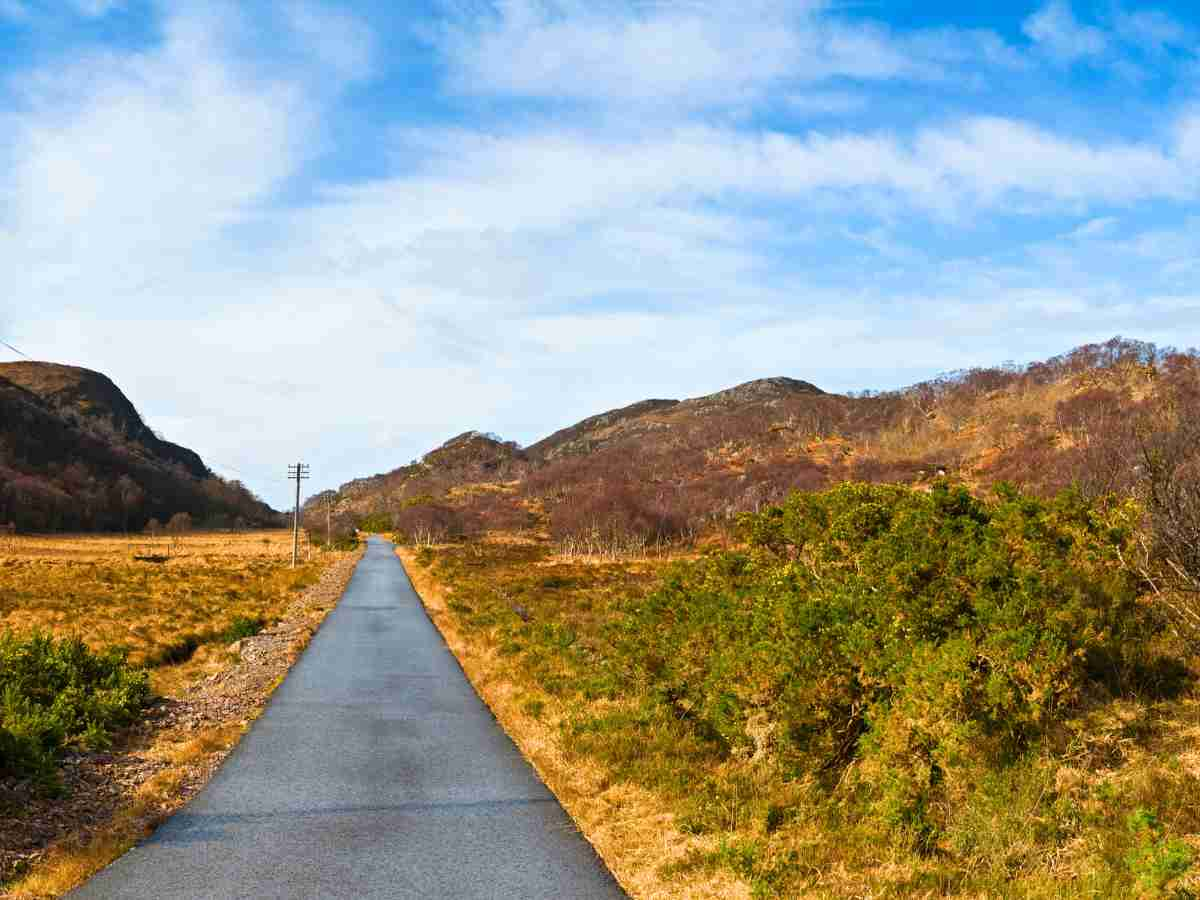
Indulging in the Melody of the Journey
One delightful indulgence to consider during your road trip is immersing yourself in the famous melody of “The Road to the Isles.” This well-known Scottish song, penned by Kenneth Macleod, is set to a traditional folk tune and beautifully encapsulates the essence of the journey you’re undertaking.
As you navigate from Fort William to Mallaig, let this song be the soundtrack to your adventure, echoing through the landscapes and places it describes. The lyrics of “The Road to the Isles” speak poetically of the Scottish Highlands and the Western Isles, painting a vivid picture of the journey with words. Each verse is a tribute to the various landscapes you’ll encounter, evoking a deep sense of longing and affection for the picturesque Scottish countryside.
The chorus:
“Sure by Tummel and Loch Rannoch and Lochaber I will go, By heather tracks with heaven in their wiles; If it’s thinking in your inner heart the braggart’s in my step, You’ve never smelled the tangle o’ the Isles,”
resonates with the beauty and charm of the scenery you’ll see and the experiences you’ll have.
Throughout the years, this song has been covered by various artists, each adding their own touch to its timeless melody. It remains a beloved representation of Scotland’s cultural heritage and scenic landscapes. The song’s melody and lyrics add a layer of cultural depth and emotional connection to the stunning vistas around you.

Practical Information for Your Journey from Fort William to Mallaig
As you set out on the ‘Road to the Isles’ from Fort William to Mallaig, it’s essential to know the practicalities of this iconic route. This journey, predominantly by car, unveils some of the most picturesque landscapes Scotland has to offer.
Here’s what you need to know to make your trip both enjoyable and hassle-free:
Road to the Isles Route: The main route for this road trip is the A830, also affectionately known as the ‘Road to the Isles’. This road will be your guide from the bustling town of Fort William, through the Highlands, and all the way to the coastal haven of Mallaig.
Journey Duration: Without stops, the drive from Fort William to Mallaig is typically around 1.5 hours, covering a distance of approximately 69 kilometers (43 miles). However, this itinerary is designed to embrace the spirit of slow travel, encouraging you to pause and explore the numerous attractions along the way.
Planning for Stops: Given the numerous scenic and historical stops on this route, including the Glenfinnan Viaduct, Loch Eilt, and the beaches of Arisaig, you may want to allocate a full day for this journey. This approach allows you to fully appreciate each location without feeling rushed.
Overnight Options: To truly capture the essence of this journey, I suggest that you consider an overnight stay. The village of Morar offers stunning beaches for a tranquil evening, while Mallaig provides a lively atmosphere with its seafood restaurants and harbour views. For those interested in history, staying in Glenfinnan is an excellent way to immerse yourself in the area’s rich past.
Travelling by Car: A car is essential for this road trip, offering the freedom to explore at your own pace. You may choose to drive your own vehicle or hire one for this road trip. I find Discover Cars offer a good range of compact cars for the Scottish roads. Take a look here and book well in advance. Ensure your car is in good condition for the journey, as the route offers a mix of straight roads and winding paths through the hills.
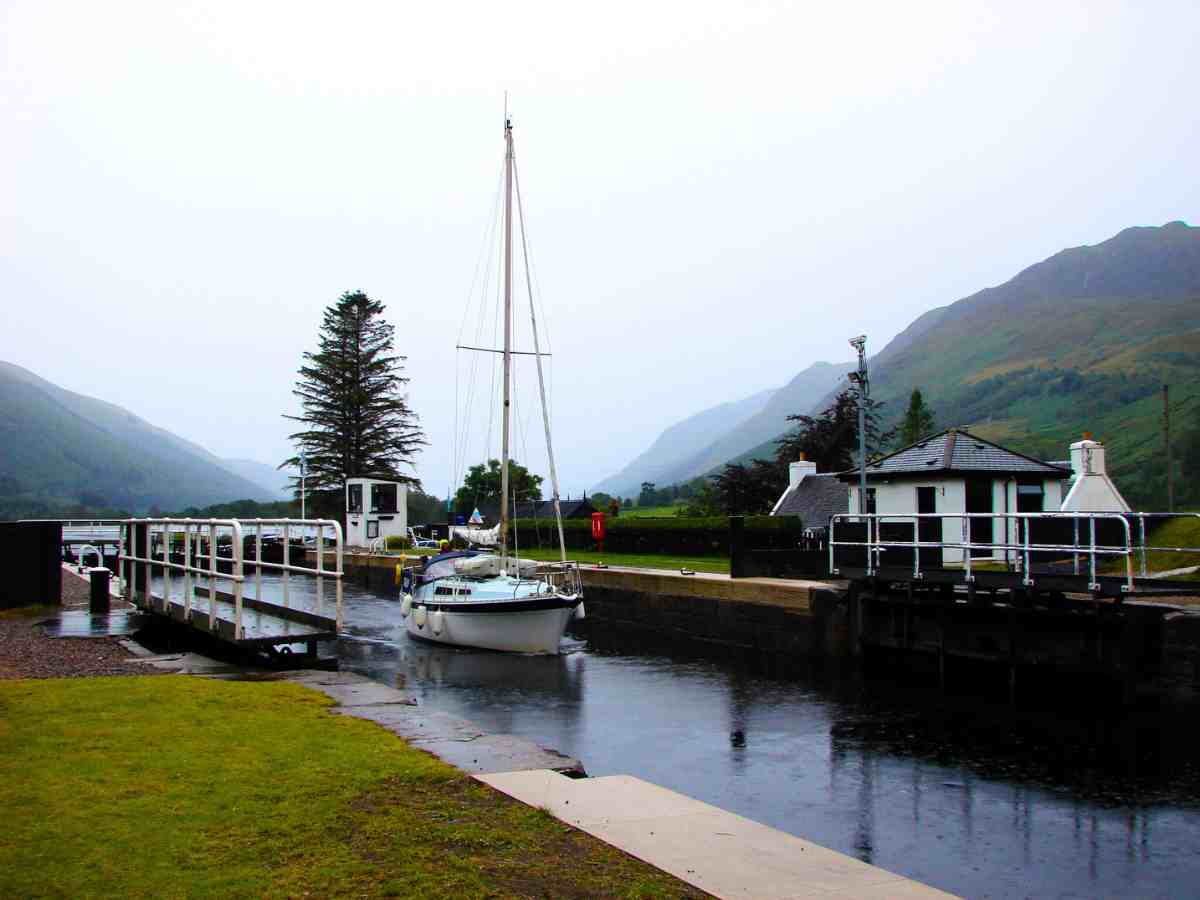
What Is There To See From Fort William to Mallaig: 10 Unforgettable Stops on the Road to the Isles
As you begin your journey from Fort William to Mallaig along the Road to the Isles, a multitude of sights awaits. What can you see between these two points? You’ll encounter historical treasures like the iconic Glenfinnan Viaduct, marvel at the natural beauty of Loch Eilt, and stroll the stunning Silver Sands of Morar. Additionally, explore the engineering feat of Neptune’s Staircase and the cultural richness at the Mallaig Heritage Centre.
These stops aren’t just destinations; they are immersive experiences, weaving together history, culture, and breathtaking landscapes to enrich your travel narrative. Discover these exceptional places, where each offers a unique story and an unforgettable experience.
1. Beginning Your Journey: The Serenity of Loch Linnhe
As you set out on your adventure from Fort William, take a moment to immerse yourself in the tranquil beauty of Loch Linnhe. This expansive sea loch, nestling the town on its shores, is a prelude to the breathtaking landscapes you’ll encounter on your journey.
Loch Linnhe stretches southwest from Fort William, its waters gracefully flowing into the sea and providing a stunning natural backdrop. Before embarking on the iconic A830 Road to the Isles, the calm and shimmering waters of Loch Linnhe invite you to pause and appreciate the contrast between its serene setting and the rugged Highland vistas ahead.
Framed by the majestic mountains of Ben Nevis, the highest mountain in Britain, Loch Linnhe offers a peaceful introduction to the diverse splendours of the Scottish west coast.
As you begin your westward journey towards Mallaig, Loch Linnhe lies to your west, a constant companion whose scenic beauty enhances the start of your exploration. This proximity to the loch allows for easy and immediate access to its picturesque views, making Fort William not just a starting point but an integral part of the Road to the Isles experience.
Here, at the edge of Loch Linnhe, you stand at the threshold of a journey filled with natural grandeur, ready to delve into the heart of the Scottish Highlands.
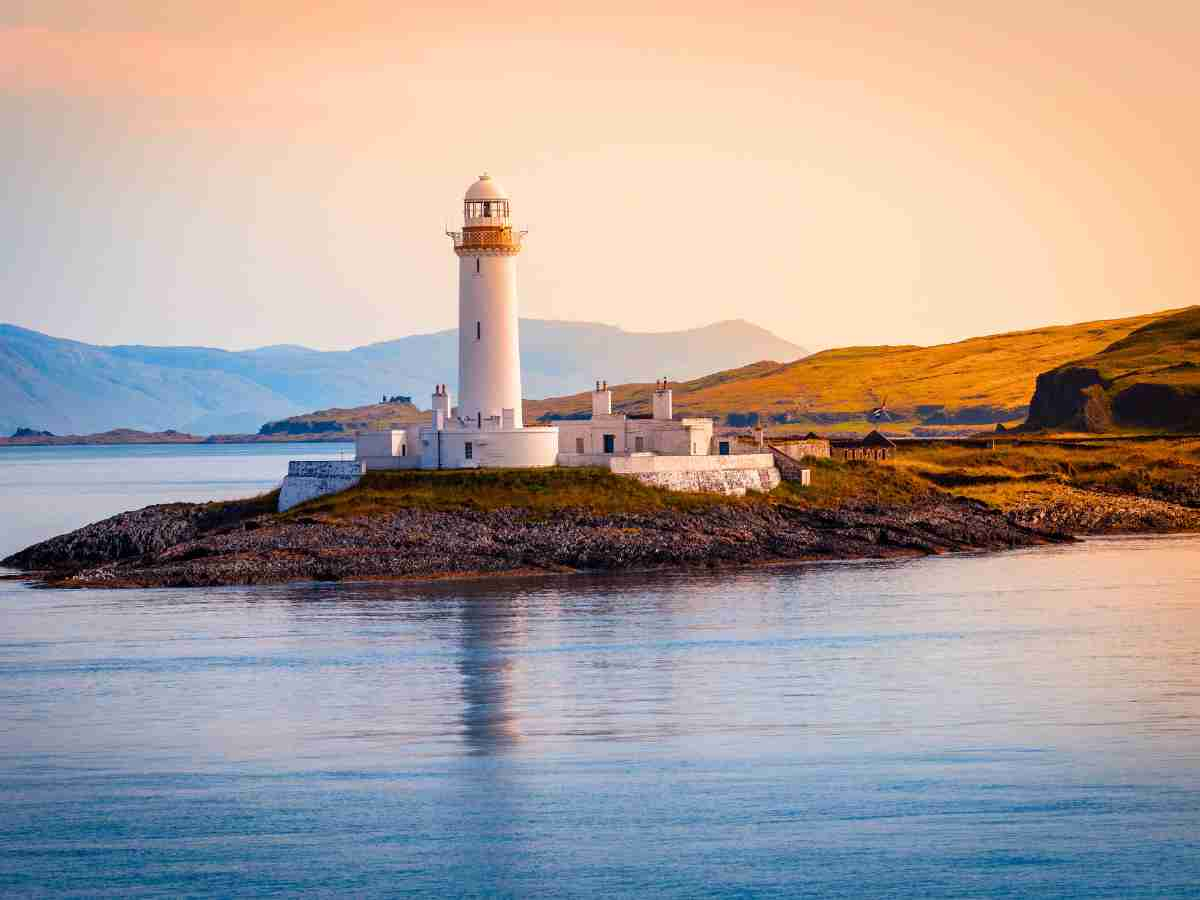
2. Ben Nevis Distillery, Fort William
Just at the edge of Fort William, the Ben Nevis Distillery is your first stop, offering a warm Scottish welcome. Established in 1825, this distillery is one of the oldest licensed distilleries in Scotland, nestled at the foot of the UK’s highest mountain, Ben Nevis.
Whisky Tour Experience: Discover the art of whisky making. The distillery tour provides an in-depth look at the traditional methods of Scottish whisky production. From mashing and fermenting to distillation and maturation, and the intricate processes that give birth to the distinct flavours of their whisky.
Tasting Sessions: After the tour, indulge in a tasting session where you can savour a range of unique whisky blends. These tastings offer a sensory exploration of the distillery’s finest products, showcasing the depth and variety of flavours that come from this ancient craft.
Local History: The Ben Nevis Distillery is not just a place for whisky enthusiasts but also for those interested in Scottish culture and history. The distillery’s story is intertwined with that of the local community, offering insights into the historical significance of whisky in Scotland’s economy and culture. As you sip on a dram of fine whisky, you’re not just tasting a beverage; you’re experiencing a piece of Scottish heritage.
This stop at the Ben Nevis Distillery provides a perfect blend of education, enjoyment, and cultural immersion, setting the tone for the rest of your journey along the Road to the Isles.
Address: Ben Nevis Distillery, Lochy Bridge, Fort William, Scotland, PH33 6TJ
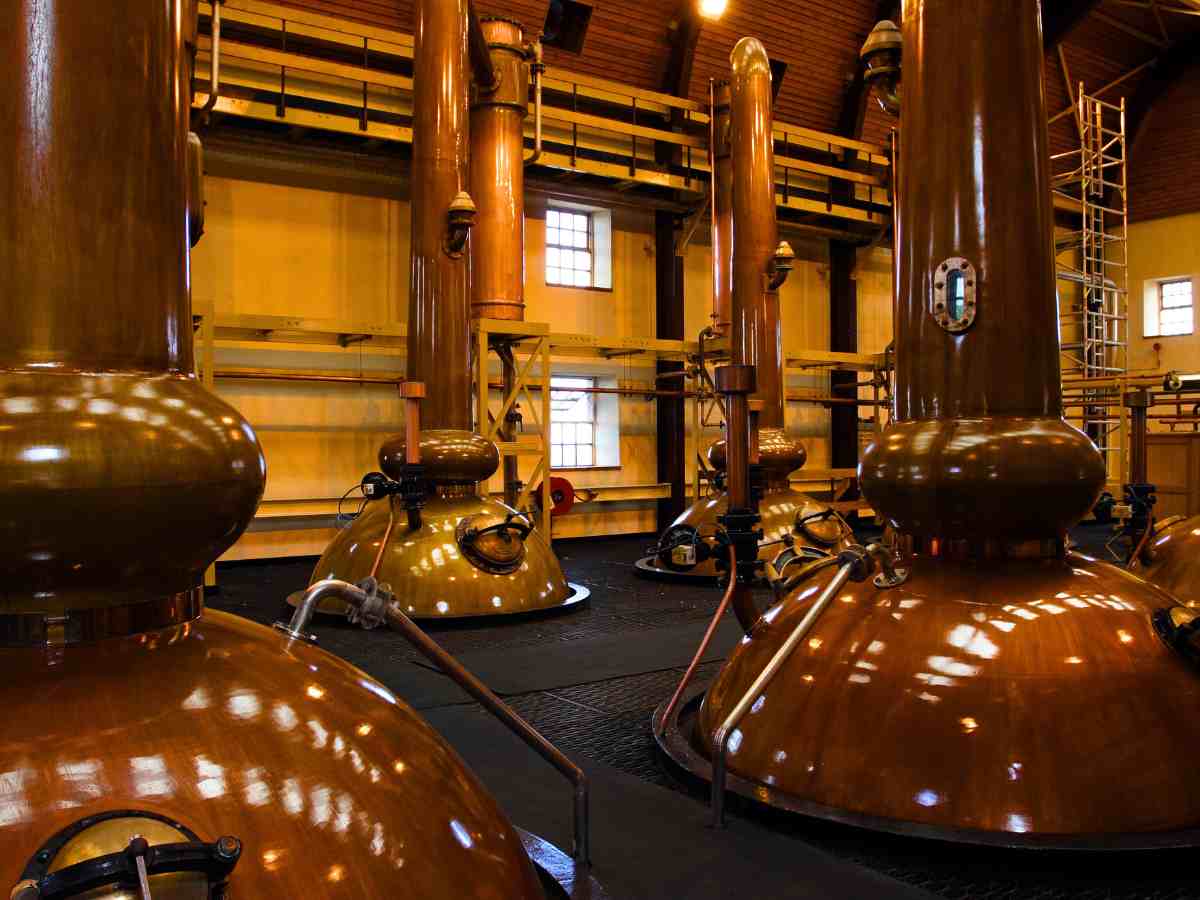
Situated near Fort William, Neptune’s Staircase in Banavie is a marvel of engineering and a testament to Scotland’s industrial heritage is your next stop. This impressive lock system, part of the Caledonian Canal, is not just a functional structure but a breathtaking spectacle.
Engineering Marvel: As the longest staircase lock in Britain, Neptune’s Staircase consists of eight locks, lifting boats a total of 19.5 meters (64 feet) over a quarter of a mile. It was engineered by Thomas Telford in the early 19th century and remains a significant achievement in civil engineering. Observing the lock system in operation is a fascinating experience, offering a glimpse into the ingenuity of historical canal construction.
Caledonian Canal Cruise: To truly appreciate the grandeur of Neptune’s Staircase, consider taking a short cruise of about an hour along the Caledonian Canal. The journey offers stunning views of the surrounding Scottish landscape and a unique perspective on the canal’s design and functionality. It’s a serene way to experience the Highlands’ natural beauty and the canal’s historical significance.
Photo Opportunities: This location provides a myriad of photographic opportunities. Capture the staircase’s impressive scale and the interplay of water, engineering, and landscape. The backdrop of Ben Nevis and the surrounding highlands offers a dramatic setting for photographers and nature enthusiasts alike.
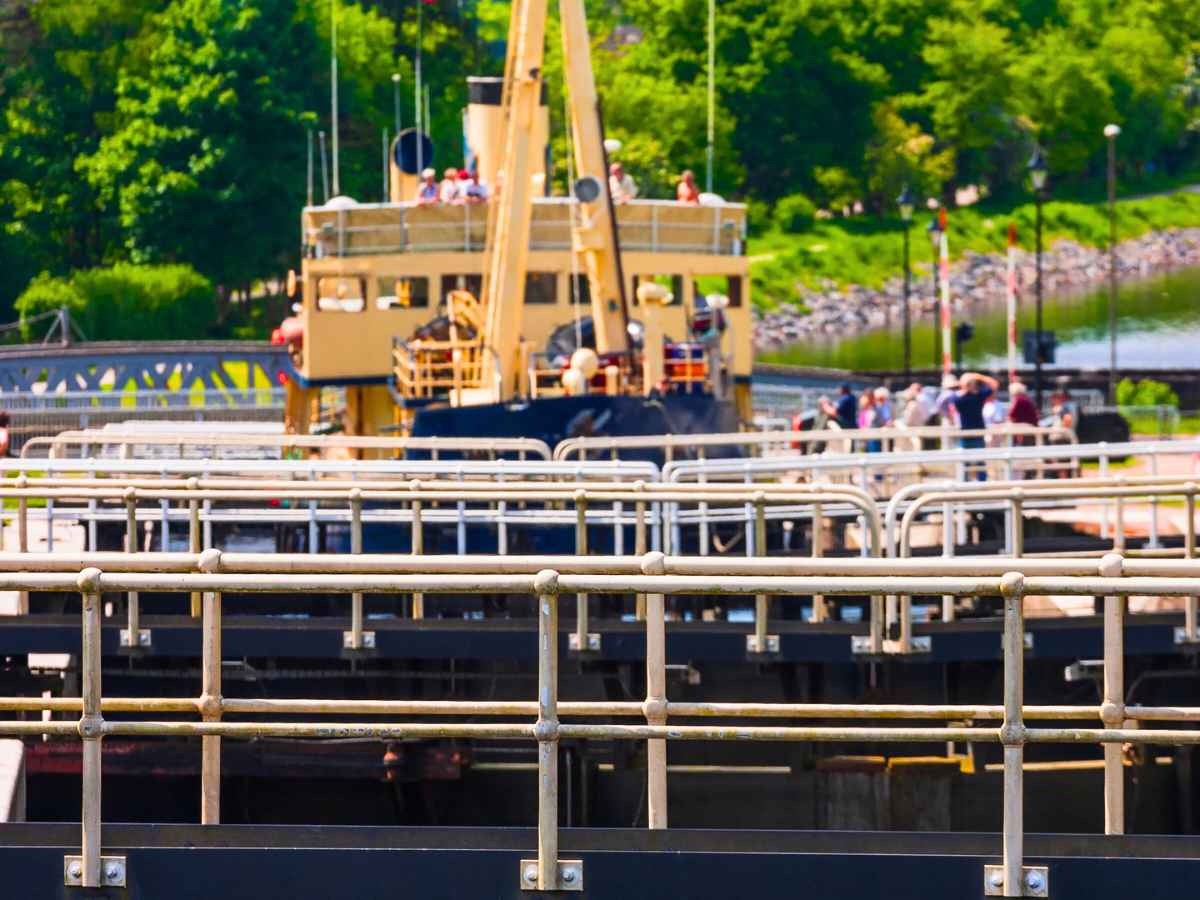
4. Glenfinnan Viaduct and Monument
Continuing your journey along the Road to the Isles, a stop at the Glenfinnan Viaduct and Monument is a step back into history, wrapped in architectural splendour. Located near Loch Shiel, this area is a treasure trove of Scottish heritage and natural beauty, a destination much favoured by slow travellers.
Architectural Beauty: The Glenfinnan Viaduct, with its series of soaring arches, is a masterpiece of railway engineering. Constructed in the late 19th century, it spans 1,000 feet and stands 100 feet high, gracefully curving across the verdant landscape. Its impressive design and construction make it a standout landmark in the Highlands.
Harry Potter Connection: The Glenfinnan Viaduct holds a special allure for Harry Potter enthusiasts, having prominently featured in the film series as a key part of the journey to Hogwarts. Its cinematic fame has transformed it into a pilgrimage site for fans from around the world.
Enthusiasts gather in anticipation of the iconic ‘Hogwarts Express’, notable for its old-world charm, as it gracefully crosses the viaduct. The sight of the train, emitting clouds of smoke and steam while moving along the tracks, offers a magical and captivating experience from various vantage points.
Jacobite History: Near the viaduct stands the Glenfinnan Monument. Erected in 1815 to commemorate the Jacobite uprising of 1745, led by Bonnie Prince Charlie. This poignant historical site, set against the backdrop of Loch Shiel, offers a profound insight into Scotland’s turbulent past. Visitors can climb the monument for a panoramic view of the surrounding highlands.
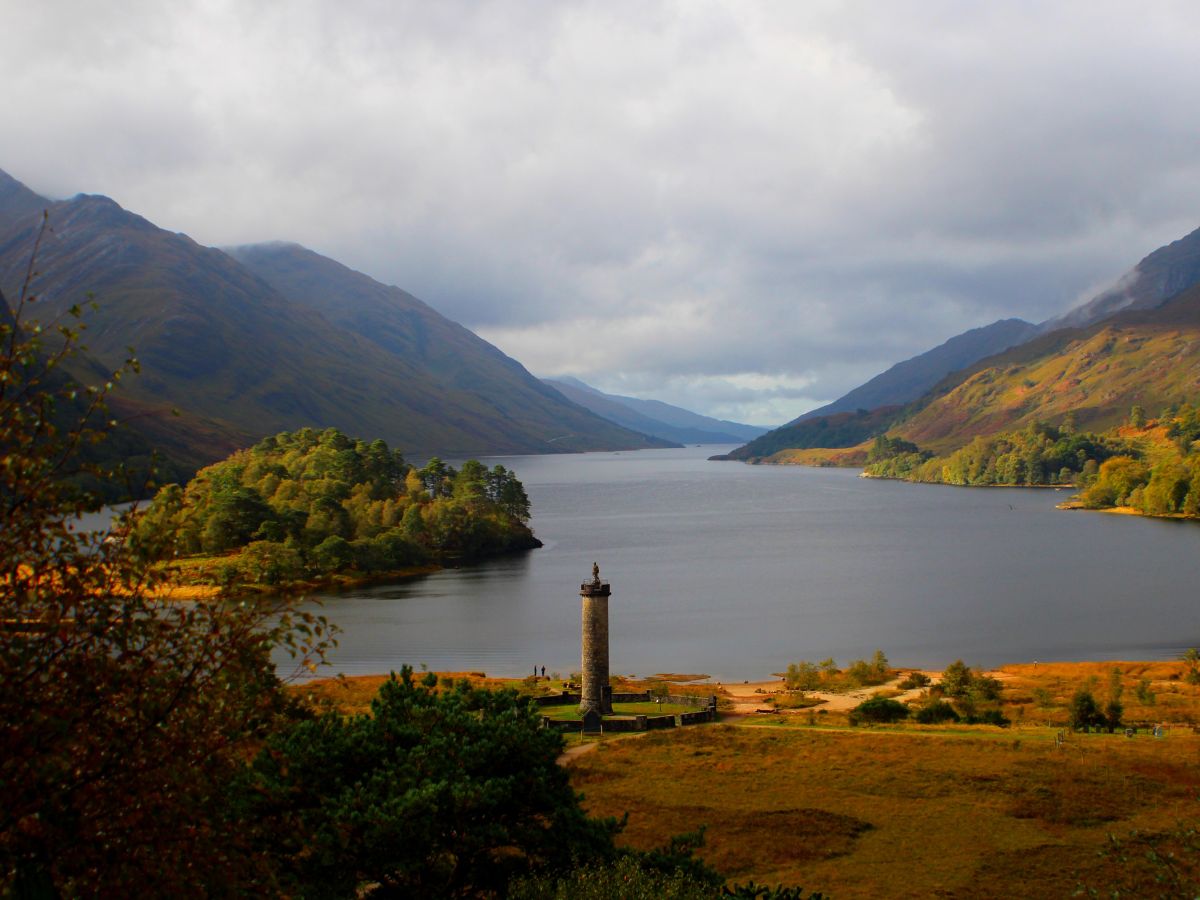
5. Loch Eilt on Road to the Isles
A serene gem along the West Highland Line, Loch Eilt, is a haven of tranquility and natural beauty. This loch, with its scattered islets and mirrored waters, encapsulates the essence of the Scottish wilderness.
Film Fame: Loch Eilt has carved a niche in cinematic history with its appearances in the Harry Potter films, most notably as the backdrop for the scene of Dumbledore’s grave in “Harry Potter and the Deathly Hallows Part 1.” This particular scene, set against the loch’s tranquil waters and lush surroundings, is a poignant moment in the series. Fans of the films will instantly recognize Loch Eilt as a symbol of the wizarding world’s enchantment, with its serene and mystical ambiance perfectly capturing the essence of the magical realm.
Natural Beauty: The loch’s setting, amidst rolling hills and dense woodlands, offers a peaceful escape into nature. The reflections of the surrounding landscape on the calm waters of Loch Eilt create a mesmerizing and picturesque scene, ideal for photography or simply basking in the beauty of the Highlands.
Picnicking: For those seeking a quiet spot to relax, the shores of Loch Eilt provide the perfect setting for a picnic. It’s an idyllic place to unwind and enjoy the slower pace of Highland life.
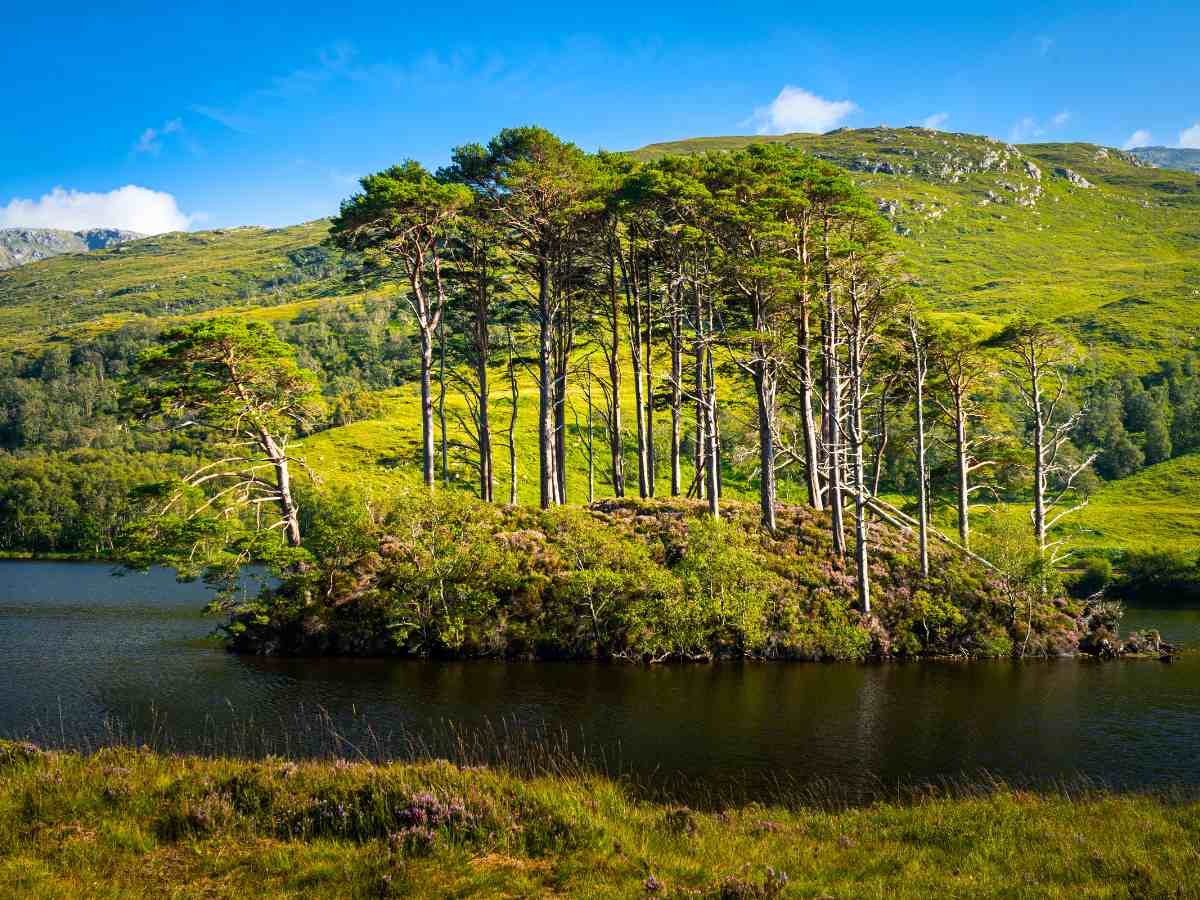
6. Arisaig
Arisaig, a picturesque village on the Road to the Isles, offers a mesmerizing blend of coastal beauty and rich history. This charming spot is a gateway to exploring the natural and cultural wonders of the Scottish west coast.
Marine Activities: Arisaig is a haven for marine enthusiasts. The village provides opportunities for boat tours, where you can explore the nearby Small Isles – Rùm, Eigg, Muck, and Canna. These excursions often include wildlife watching, offering chances to spot dolphins, seals, and a variety of seabirds. The clear waters also make it an excellent spot for kayaking and sailing.
Beach Exploration: The beaches around Arisaig are truly stunning, with their soft white sands and clear turquoise waters. Spend time strolling along the shore, soaking up the tranquil atmosphere. For photographers, the beaches, with their panoramic views and dramatic sunsets, are a dream.
Local History: Visit the Land, Sea and Islands Centre in Arisaig to delve into the area’s rich history and culture. The center provides insights into the local way of life, from the past to the present, and the unique ecology of the region.

7. Silver Sands of Morar on Road to the Isles
A short drive from Arisaig brings you to the Silver Sands of Morar. Here, you’ll find a series of beautiful white sandy beaches, renowned for their scenic beauty and peaceful ambiance.
Scenic Beaches: The Silver Sands offer some of the most picturesque coastal scenery in Scotland. The white sands and crystal-clear waters create a serene and almost tropical landscape, perfect for a relaxing walk or a day of sunbathing.
Nearby Hikes: For those who enjoy exploring on foot, there are numerous walking trails around Morar. These routes offer breathtaking views of the coastline, the isles, and the surrounding landscapes.
Local Dining: Morar and its vicinity boast some excellent dining options, particularly for seafood lovers. Local restaurants serve fresh, locally-sourced seafood, providing a taste of the Highland’s natural bounty.
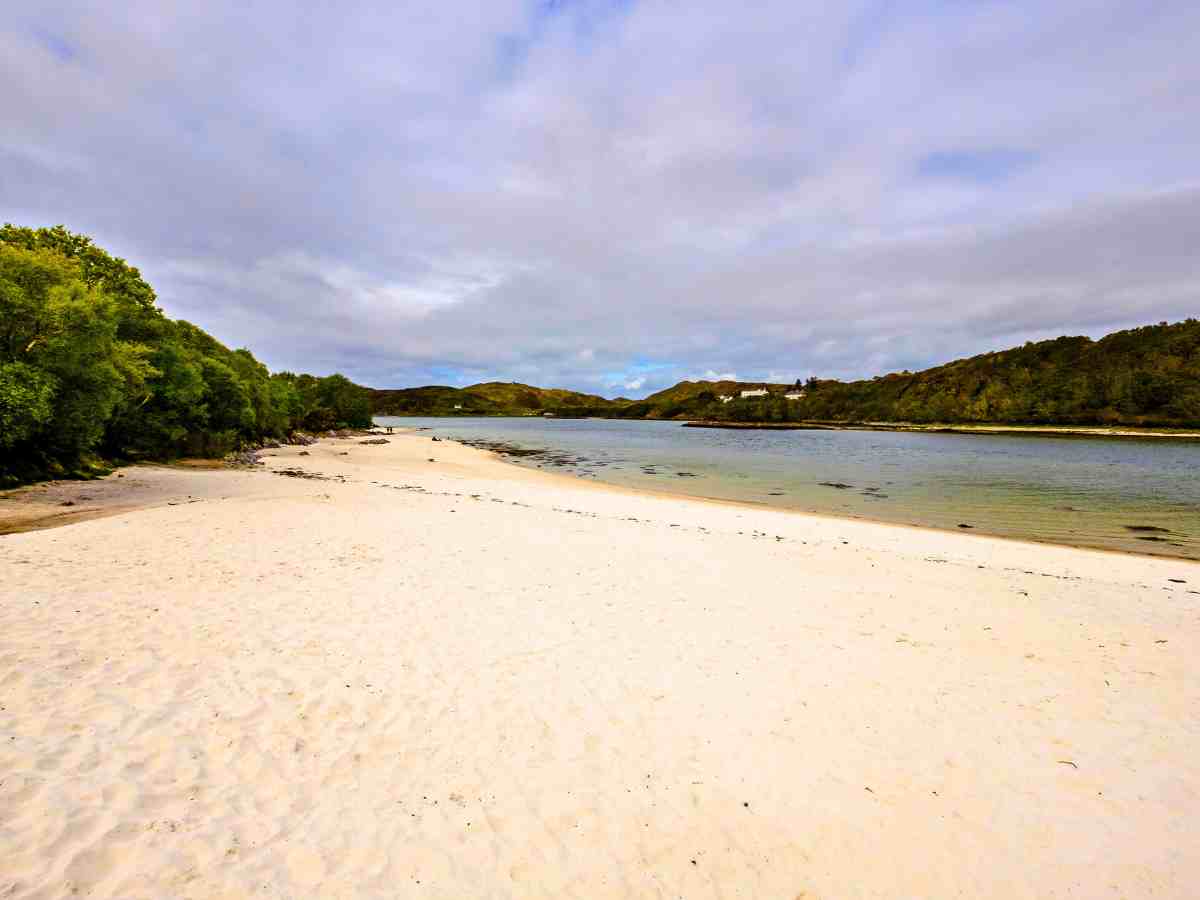
8. Mallaig Heritage Centre
As you reach Mallaig, a visit to the Mallaig Heritage Centre is a must for anyone interested in the history of the West Highlands and the Road to the Isles.
Local History: The Heritage Centre offers a deep dive into the history of Mallaig and the surrounding area, including its development and the role of the West Highland Railway in connecting this remote part of Scotland to the wider world.
Cultural Exhibitions: The centre’s exhibitions shed light on Mallaig’s past, particularly its fishing industry, which has been the lifeblood of the community. Through various artifacts and stories, visitors gain an understanding of the local culture and traditions.
Interactive Displays: The Heritage Centre is designed to be engaging for visitors of all ages, making it an ideal stop for families. Interactive displays provide an educational experience that is both fun and informative.
Address: Station Road, Mallaig, Inverness-shire, Scotland, PH41 4PY.
TIP: Mallaig Heritage Centre is situated conveniently near the Mallaig Railway station, making it an accessible stop for those travelling to or from Mallaig by train also.
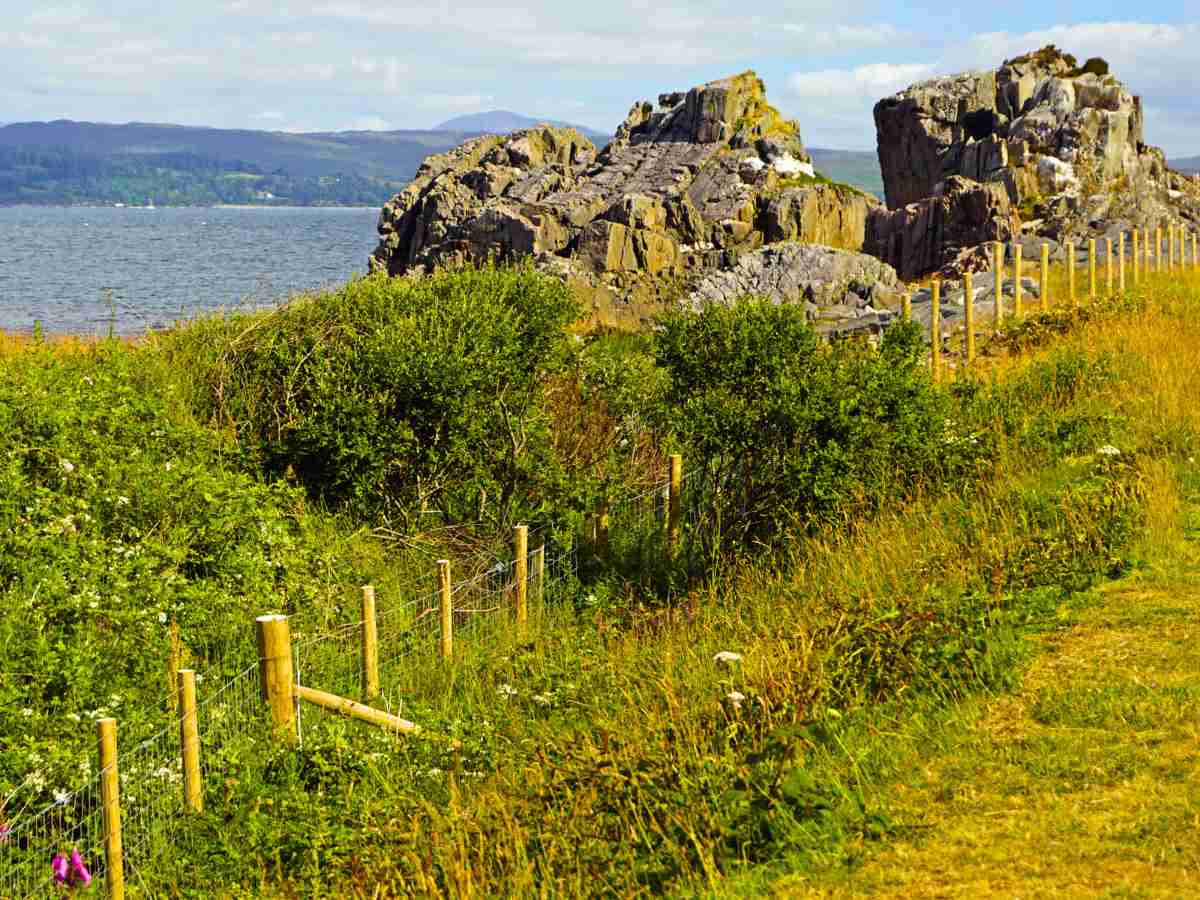
9. Mallaig Harbour, the Final Stop on the Road to the Isles Road Trip
Mallaig Harbour, the final stop on the Road to the Isles, is a bustling fishing port with a lively atmosphere and deep cultural roots. Here, the vibrant harbour life forms the heartbeat of the town, offering a glimpse into the daily life of the Scottish West Coast.
Fishing Port: Mallaig’s harbour is alive with the activities of a working fishing port. Watch boats come and go, bringing in their daily catch, and learn about the local fishing industry that has sustained this community for generations. The harbour’s energy is infectious, and its role as a crucial link in Scotland’s fishing industry is evident in every corner.
Seafood Dining: One of the highlights of Mallaig is the opportunity to indulge in fresh, locally-sourced seafood. The town’s restaurants and cafes serve up the day’s catch, offering everything from traditional fish and chips to gourmet seafood dishes. Dining here means enjoying some of the freshest and most delicious seafood Scotland has to offer, with the sea’s bounty prepared to perfection.
Isle of Skye Ferry: From Mallaig Harbour, you can extend your adventure by taking a ferry to the Isle of Skye. The ferry journey offers stunning views and a chance to explore one of Scotland’s most famous and picturesque islands. Skye’s dramatic landscapes, rich history, and unique culture make it a must-visit destination for anyone traveling in the Highlands.
Seafood Dining in Mallaig
In Mallaig, I’d highly recommend these two places to eat:
The Cornerstone Seafood Restaurant: Known for its fresh seafood and local produce, The Cornerstone offers a menu that captures the essence of Scottish cuisine. With its cozy atmosphere and views of the harbour, it’s a perfect spot to enjoy a meal after exploring the area. Check reviews here.
The Steam Inn: This popular eatery provides a warm, welcoming environment and serves a variety of dishes, including locally sourced seafood, hearty meals, and vegetarian options. The Steam Inn is also known for its friendly service and selection of fine ales and whiskies.
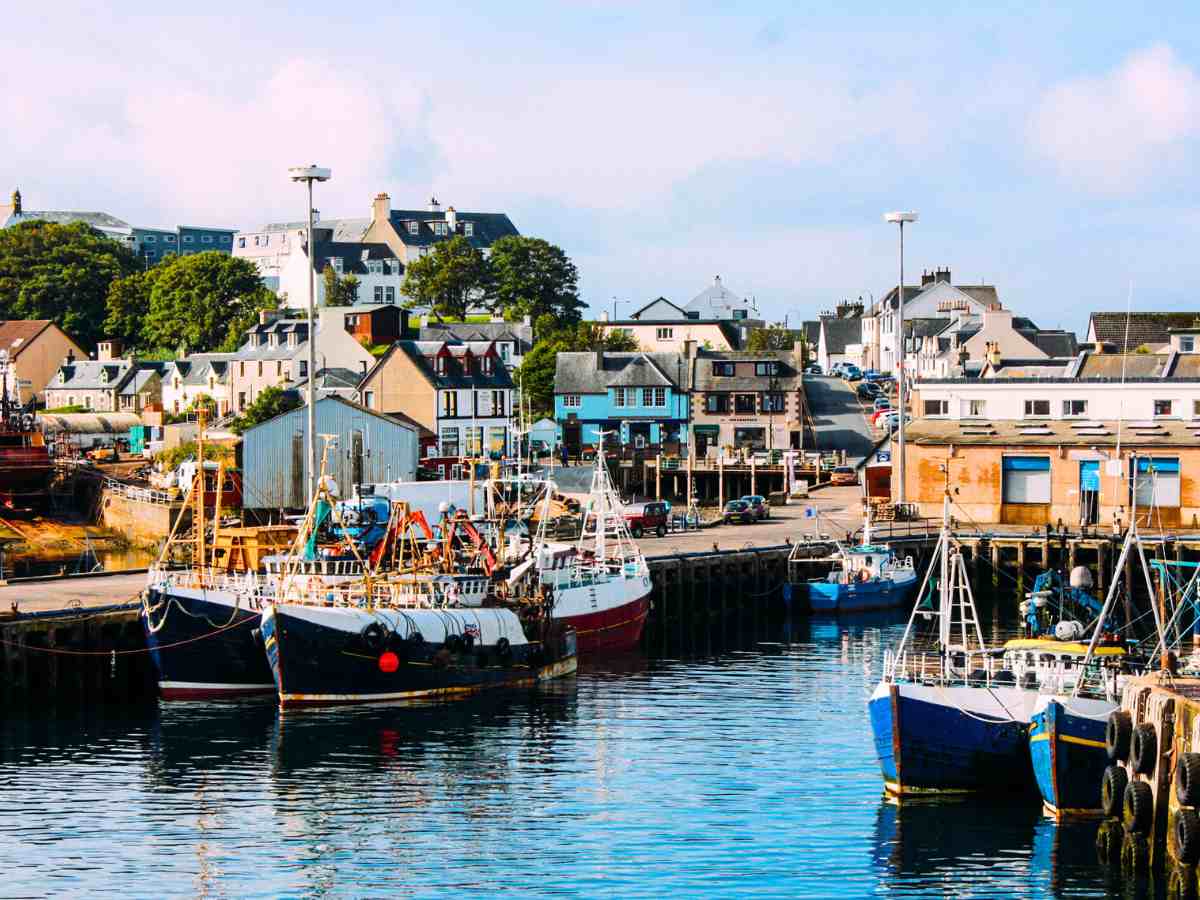
10. Jacobite Steam Train, Fort William to Mallaig or Mallaig to Fort William
The Jacobite Steam Train journey, a highly popular activity for visitors, offers a historic and scenic adventure from Fort William to Mallaig and back. This unique train ride presents an unparalleled opportunity to witness the beauty of the Scottish Highlands in a memorable way. Spanning approximately 84 miles (135 kilometers) round trip, the journey takes about 2 hours each way, making it a delightful day activity.
Historic Journey: Known as the real-life Hogwarts Express, the Jacobite Steam Train offers an unforgettable journey through some of Scotland’s most stunning landscapes. The train, which has become synonymous with the Harry Potter series, provides a magical experience, taking you back in time to the golden age of rail travel.
Scenic Views: The journey on the Jacobite Steam Train is a visual feast, with breathtaking views of the Highlands unfolding along the route. From the majestic Ben Nevis to the deep valleys and serene lochs, the train passes through a variety of landscapes, each more picturesque than the last. The highlight is the crossing of the iconic Glenfinnan Viaduct, offering panoramic views of Loch Shiel and the surrounding hills.
Booking Tips: The Jacobite Steam Train is a popular attraction, especially during the tourist season. It’s advisable to book your tickets well in advance to secure a spot on this iconic journey.
PRO TIP: For those considering a more leisurely exploration, you could opt to leave your car in Mallaig, enjoy an overnight stay there or in a nearby locale, and then embark on the train the following day for your return to Fort William. This option allows you to fully immerse yourself in the stunning Highland landscapes and the charming coastal town of Mallaig without the rush.
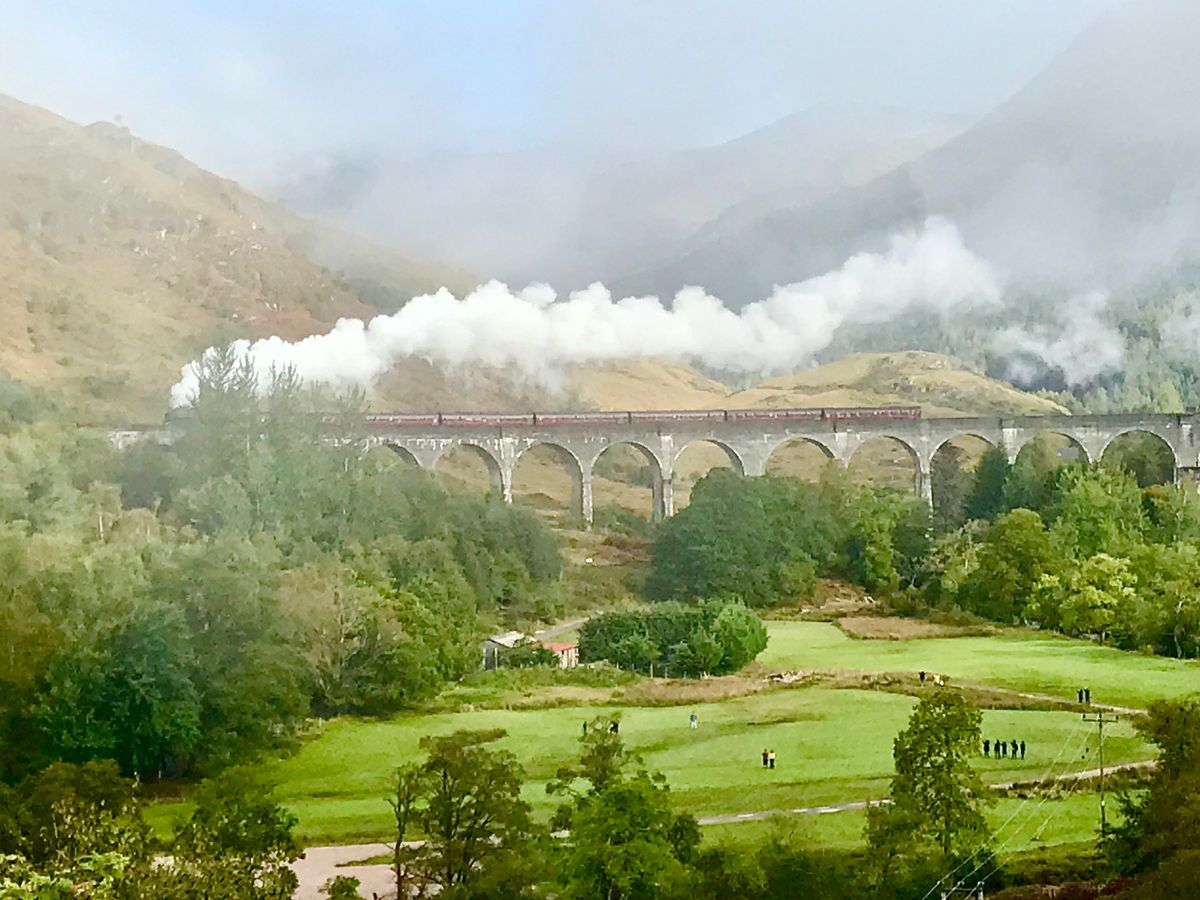
Overnight Stay Suggestions
After a day of exploring the Road to the Isles, finding the perfect place to rest is crucial. Here are some suggestions for overnight stays in Morar, Mallaig, and Glenfinnan, each offering a unique experience:
Morar: For a tranquil retreat, consider staying at the Morar Hotel. Nestled near the famous Silver Sands, this hotel offers stunning views of the coastline and comfortable accommodations. It’s the perfect spot to relax after a day of beach exploration and to enjoy the serene beauty of the Highlands.
Mallaig: To experience the lively atmosphere of a port town, The West Highland Hotel in Mallaig is an excellent choice. Overlooking the harbour, this hotel offers easy access to local dining and ferry services to the Isle of Skye. Its location makes it ideal for enjoying the bustling maritime life of the town.
Glenfinnan: For a stay steeped in history, the Glenfinnan House Hotel offers a charming experience. Located near the Glenfinnan Viaduct and overlooking the serene Loch Shiel, this hotel provides a cozy, historical ambiance, perfect for reflecting on your day’s journey through the Highlands.

FAQs about ‘Road to the Isles’
The Road to the Isles” is a Scottish song with lyrics penned by Kenneth Macleod. The words were set to a traditional folk tune, creating a melody that captures the essence of the Scottish landscape.
The A830, also known as the Road to the Isles, was originally constructed in the early 19th century. Over the years, it has undergone numerous upgrades and improvements.
Between Fort William and Mallaig, you can see the Ben Nevis Distillery, Neptune’s Staircase, the Glenfinnan Viaduct, Loch Eilt, Arisaig’s beaches, the Silver Sands of Morar, and Mallaig Harbour. The route also offers stunning views of the Highlands.
The Isle of Skye, accessible via ferry from Mallaig near Fort William, is often considered the best island to visit. Known for its rugged landscapes, picturesque villages, and medieval castles, Skye is a must-visit for travellers.
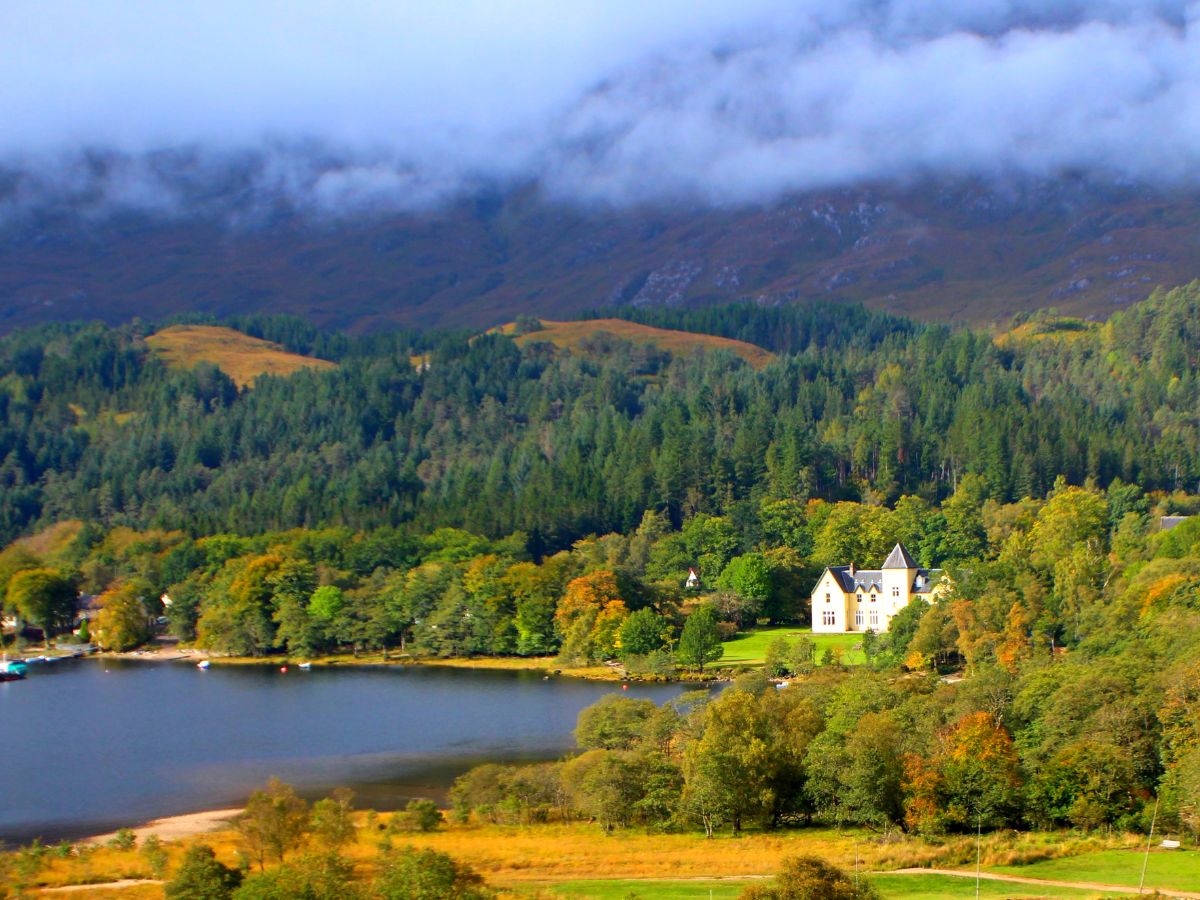
In essence…
As you travel this path along the A830, known as the ‘Road to the Isles’, the enduring charm of the Scottish Highlands envelops you, revealing the rich tapestry of Scotland’s history and its breathtaking natural landscapes.
If I were to choose my favourite stops among the nine, it would be a challenging task. However, the Glenfinnan/Loch Shiel area, the majestic Caledonian Canal/Neptune Staircase, and the pristine white sands truly captivated me. And, of course, the journey aboard the Jacobite Steam Train was an unforgettable experience also.
I hope you find these road trip suggestions both useful and inspiring, highlighting some of the most popular and definitely must-do experiences in the area. Whether it’s the rhythmic chug of the Jacobite Steam Train or the serene sunset at Arisaig, the memories forged along this route are sure to linger long after your journey concludes. This journey is not just about the destinations but the unforgettable moments and unique experiences that make the Scottish Highlands so special.
Happy and Safe Travels Always, Wherever Travel Takes You, xx
Stay Connected with Timeless Travel Steps for the latest in our Travel News
